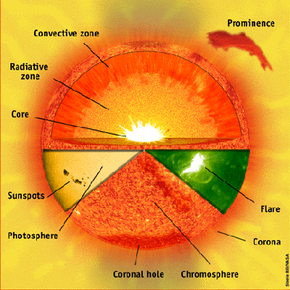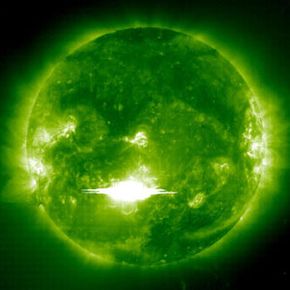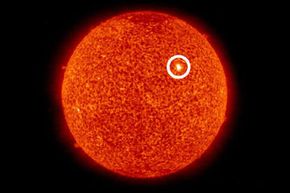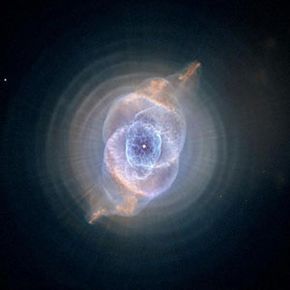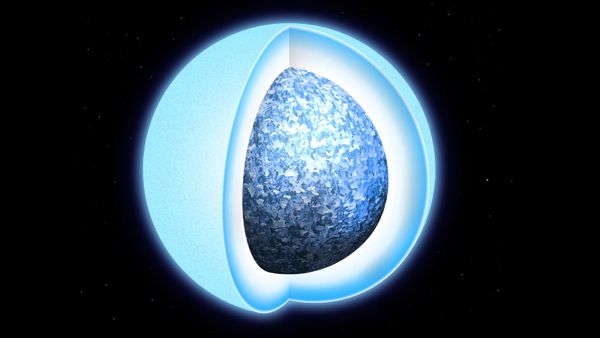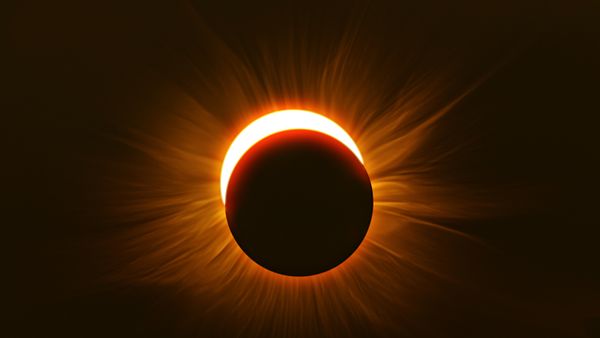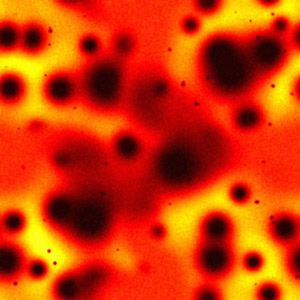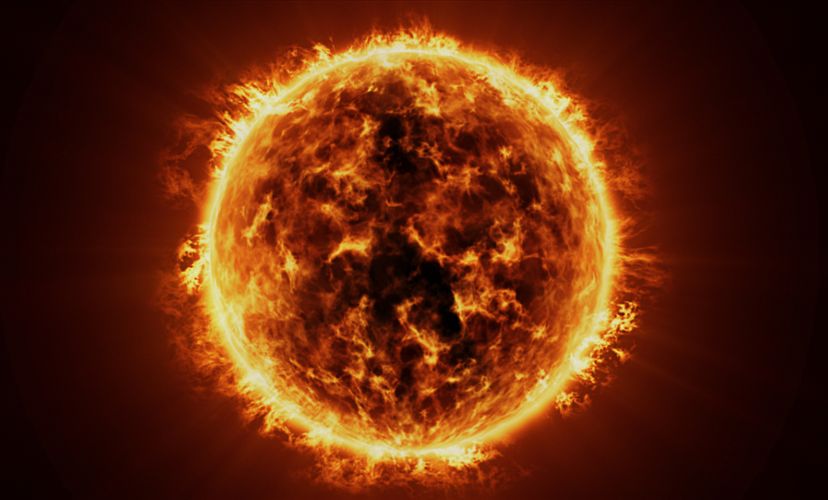
When’s the last time you gazed upward and marveled at the mysterious, life-giving force that is the sun?
If you believe the whole staring-at-the-sun-makes-you-go-blind thing (which is actually true), you’re probably not doing a whole lot of sun-gazing. But it’s a real marvel: The sun warms our planet every day, provides the light by which we see and is necessary for life on Earth. It can also cause cell death and make us blind. It could fit 1.3 million Earths inside its sphere [source: SpaceDaily]. It produces poem-worthy sunsets and as much energy as 1 trillion megaton bombs every second [source: Boston Globe].
Advertisement
Despite its magnificence and power, our sun is just a plain old average star by universal standards. It’s really proximity that makes the sun so special to Earth (along with the fact that we wouldn’t be here if it weren’t so close).
So, how close is the sun? And how much space does it take to hold 1.3 million Earths? And while we’re at it:
- How does the sun emit energy?
- Did the sun kick-start life on Earth (and the rest of our solar system)?
- Does the sun rotate?
- Why does the sun send out solar flares?
- Will the burn out? (And if so, when? And what will happen to Earth and its inhabitants when the sun dies?)
Let's look at the parts of our nearest star, find out how it makes light and heat and explore its major features.
Advertisement
